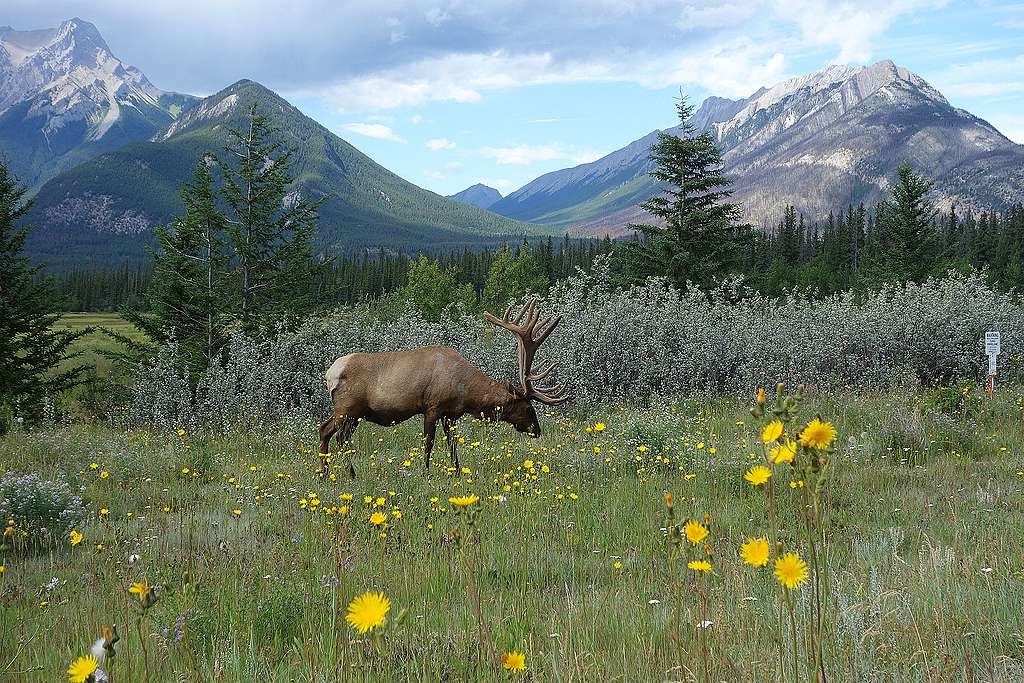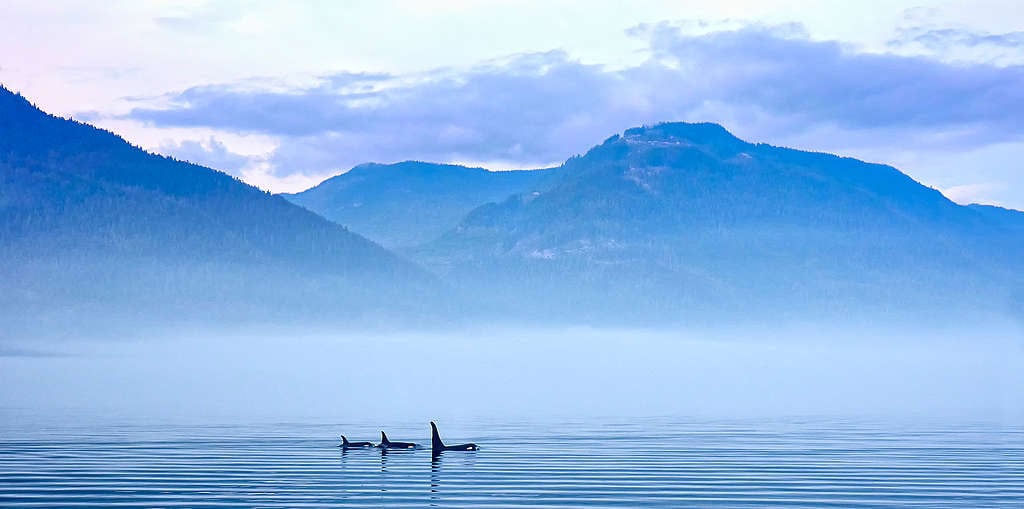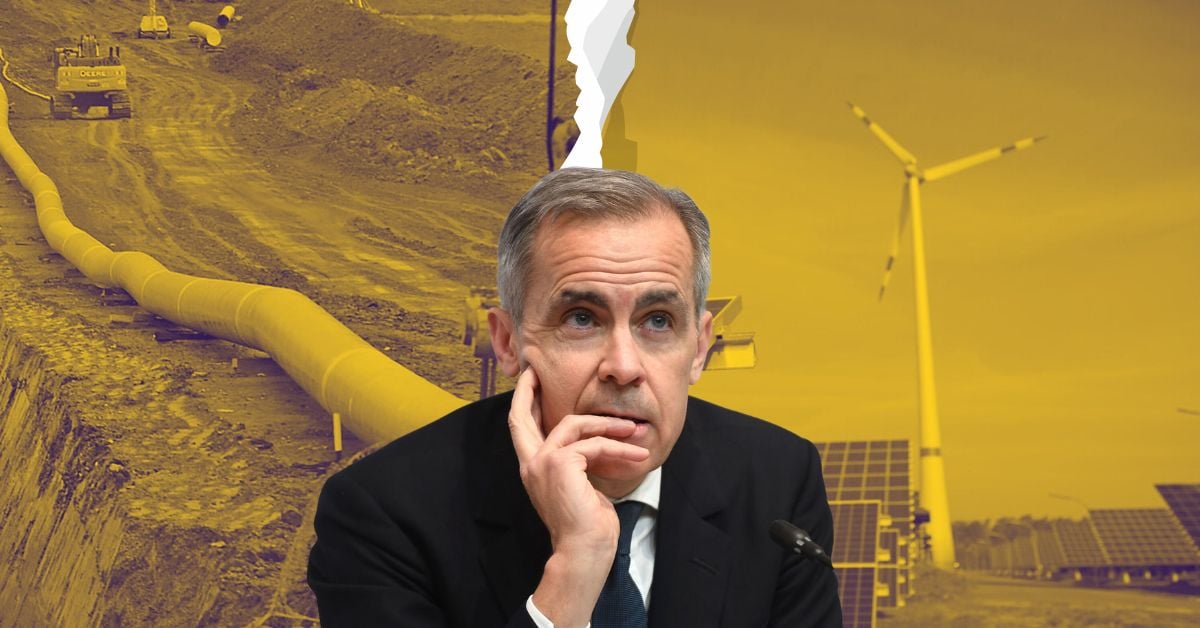A crucial lesson to retain from the COVID-19 pandemic is that our health, livelihoods, and well-being are intrinsically linked to the health of Nature. The destruction of Nature has been at the root of many previous disease outbreaks, and a driver of wildlife decline and weather extremes, like forest fires.
In my previous blog, I dove into the top 5 “false solutions” tied to unsustainable forestry and land-management — we have to be on the watch for greenwashing as the federal government forms its plans for a long-term economic recovery from the COVID-19 recession. However, we also need to help people envision what options are possible, so we are exploring some Nature-Based Solutions that can serve as the foundation for what we call a restoration economy. A restoration economy, in the context of Canada’s green and just recovery, shifts us away from resource extraction and focuses on rebuilding and stewarding natural ecosystems – our life support systems.
4 PILLARS OF A RESTORATION ECONOMY

Achieving Nature protection targets
Would you be surprised if I said that protecting and restoring forests is possibly one of our greatest opportunities to tackle the multiple crises we are facing today (wildlife decline, climate change, health) ? Forests are home to an estimated 80% of all life on land, and are said capable of providing at least one-third of the cost-effective climate mitigation. To tackle the multiple crises, scientific studies have suggested we need to protect 50% of our lands. With only 11.4% of Canada’s land currently protected, we really need to step up and invest in better protection that helps Canada meet its international objective of protecting 30% terrestrial lands by 2030 — as a minimum.
Protection is not about excluding people from low-impact, sustainable use of Nature. In fact, many ecosystems rely on management activities from Indigenous Peoples and other local communities. Access and rights for these communities must therefore be built into the concept of protection.
Restoring ecosystems
It is no fluke that the United Nations dubbed this coming decade the UN Decade on Ecosystem Restoration. In addition to robust protection measures, restoring deforested or degraded lands is a great opportunity to enhance Nature’s ability to sequester and store carbon, help flood control, mitigate heat waves, and turn the tide on species extinction. Cities also need to rethink their landscape and create a healthier, greener environment. In restoring forest ecosystems and investing in gardens, polyculture and agroforestry systems, urban centers can improve air quality, mental and physical health, and potentially address food security issues.
While Canadian National Parks bring in $6 for every dollar spent, restoring natural ecosystems has even greater potential, bringing in $9 in benefits for every dollar spent. With so many orphaned mines, contaminated sites, and disappearing or degraded forests, there lies a great potential for job creation in the restoration of these lands. Additionally, we have an opportunity to specialize in something that will only be in greater demand worldwide. Now is the time for policies and funds to support a restoration economy.
Supporting communities in transition
A green and just recovery means leaving no one behind, which means empowering communities to make an equitable transition to more diversified, sustainable, and job-generating opportunities. This can take the form of training in Indigenous and single-industry communities, investing in the research and development of non-timber forest products (ex: mushrooms, berries, herbal teas, tree nut flour), exploring new uses for abandoned mills, ecosystem management, and overall help for diversifying local economies.
Respecting Indigenous rights and knowledge
Canada has signed onto the United Nations Declaration of Rights of Indigenous Peoples, but has been held back by a colonial system, systemic racism and an economy reliant on heavy resource extraction. Indigneous Peoples have been stewards of these lands since time immemorial. Developing Indigenous-led conservation area planning and stewardship programs such as the Indigenous Guardians, is a great model for public funding and job creation. This only works however if we holistically integrate Indigenous rights, laws, knowledge, and treaties with adequate funding to engage equally and as decision-makers in all land-use planning processes. This is an essential part of our collective journey towards reconciliation.
Protecting what Protects Us
According to a recent Pollarat poll, there is resounding support from Canadians for meeting conservation targets, as well as broad support for Nature conservation in the COVID-19 economic recovery. Furthermore, Indigenous-led conservation is seen by a majority as an important benefit to the economy.
Greenpeace is calling on our government to put Nature-based solutions at the heart of the COVID-19 recovery plan so that we can start building a restoration economy that values the protection of our natural infrastructure. A restoration economy is about healing the Earth, as well as healing our relationships with one another and the land we live on. This is about protecting what protects us. We must nurture Nature with compassion, intention, and ambition. This is how we can #BuildBackBetter.

Leaving a gift in your Will to Greenpeace is a way to put your beliefs into action, long after your lifetime. Any gift, large or small, will help our shared work to create a more green and peaceful future.
Take action

